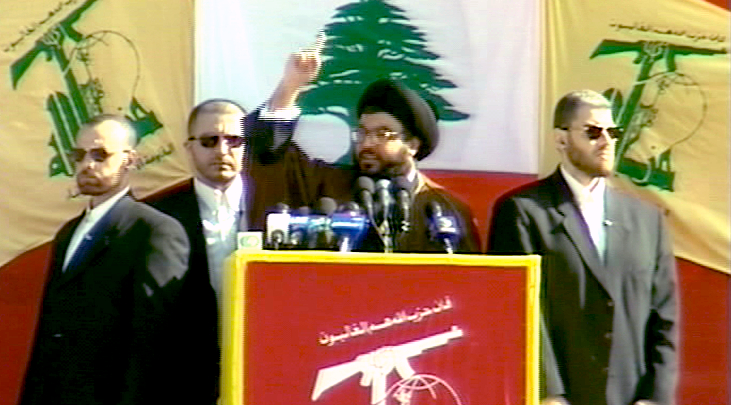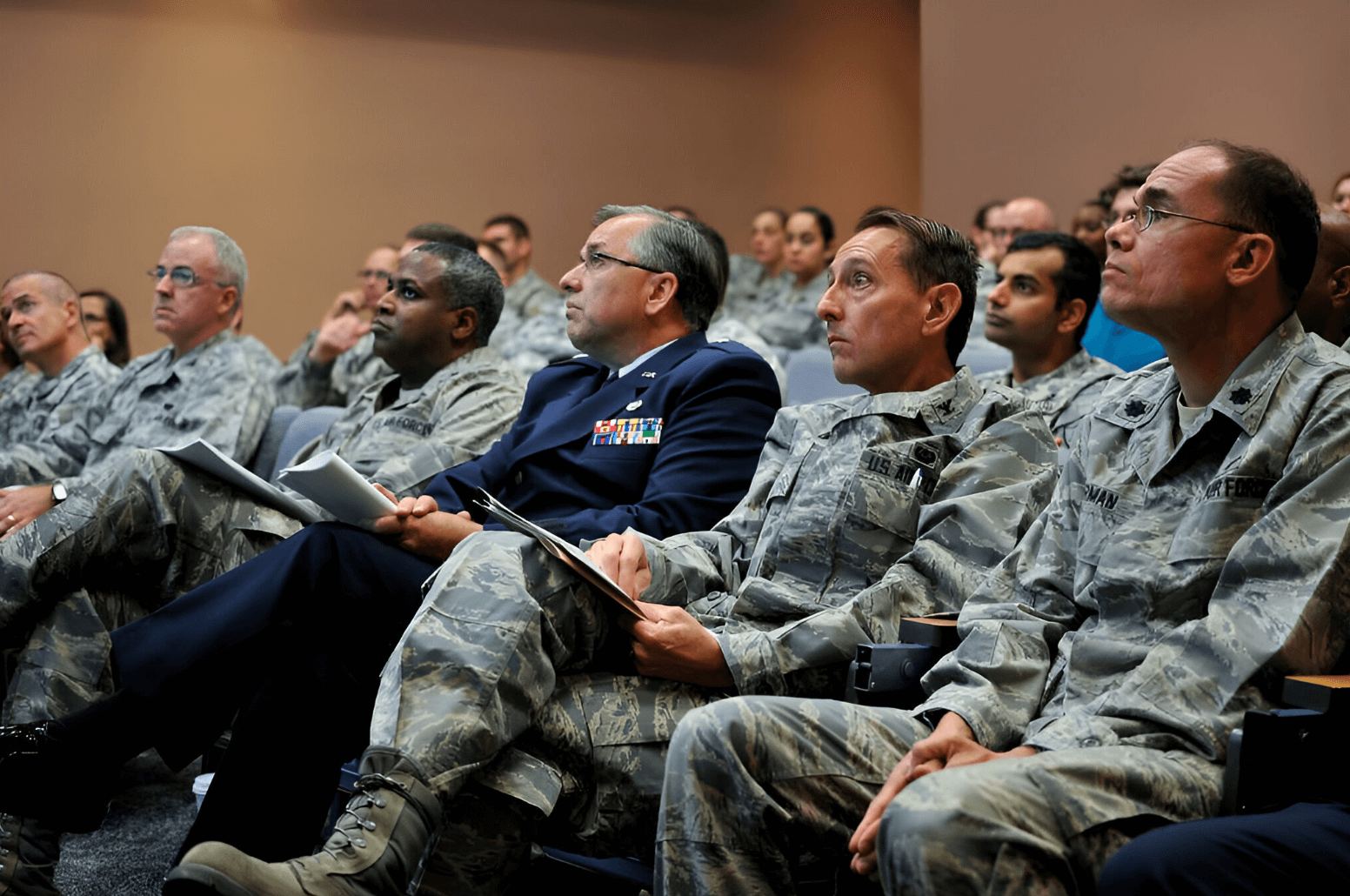What Type of Leader Will Hezbollah Have Next?

Published by The Lawfare Institute
in Cooperation With

Editor’s Note: Israel’s assassination of Hezbollah Secretary General Hassan Nasrallah was a game changer, depriving the group of its longtime leader and further escalating the conflict. The impact on Hezbollah, however, will depend on Nasrallah’s replacement. My Georgetown colleague Elizabeth Grimm and American University’s Tricia Bacon assess Nasrallah’s impact as a leader and the different roles a new group leader might play.
Daniel Byman
***
Following the death of Hassan Nasrallah, longtime leader of Lebanese Hezbollah, the debate about who would succeed him started almost immediately. Both Hezbollah and its enemies are right to focus on this question: Succession is a pivotal point in any militant group’s trajectory. The process of choosing a successor can strain cohesion or even produce splinters. It is often hard to predict who will rise to the helm of an organization, especially when succession occurs amid broader losses. It is even harder to know how they will lead.
Similar to the leadership sweepstakes that occurred after the deaths of other prominent leaders, such as Osama bin Laden, Ayman al-Zawahiri, Abu Ibrahim al-Hashimi al-Qurayshi, and Abu Musab al-Zarqawi, the immediate focus is who is still on Hezbollah’s bench and what the next leader will say about the future direction of the group. One front-runner appears to be Naim Qassem, Hezbollah’s deputy secretary-general; and Abu Ali Rida, the commander of its elite Bader unit, is also in contention. Making the succession process more uncertain, Israel is trying to target these leaders: Nasrallah’s successor may have a successor of his own soon.
But this speculation about who the leader might be misses the larger question about what type of leader Hezbollah most needs right now and whether Nasrallah’s successor will be able and willing to fill that role.
Unlike the decapitation strikes that have eliminated many other leaders with few implications for their organizations, the death of Nasrallah will have an outsized effect for two reasons: his more than 30-year tenure as leader and the group’s recent losses to Israeli operations, airstrikes, and ground incursion. Given the magnitude of Hezbollah’s losses, the next leader will most likely be forced to act as a founder—the leader of Hezbollah 2.0.
Rather than focusing on intangible and often subjective qualities like charisma or personality, our research has found that there are multiple leadership types based on the degree to which a successor opts for continuity or change. A status-quo “caretaker” keeps a group on the same path; a changemaker “visionary” radically reforms an organization; a disruptive “fixer” or “signaler” makes some significant changes while leaving other areas constant; while an absentee “figurehead” does not meaningfully steer the group. One of the most significant challenges for a terrorist organization is how to transition to another leader after the founder’s death. Founder leaders establish the tactics, resource mobilization, and ideological framings for their organizations, and successors face choices about how much to alter that foundation. Their choices determine what type of leader they become.
Nasrallah’s Long Tenure
Nasrallah was not technically the founding leader of Hezbollah, but his imprint on the organization surpasses that of most founders. Israeli forces killed his predecessor, Sayyed Abbas al-Musawi, in a helicopter strike in 1992, catapulting the 35-year-old Nasrallah to the role of secretary general. While he initially was a caretaker of Musawi’s legacy, Nasrallah pivoted to become a signaler when he introduced changes to the group’s framing, publishing a new version of Hezbollah’s manifesto, an evolution of its previous 1985 manifesto. Whereas the 1985 manifesto emphasized the centrality of the Shia identity to Hezbollah’s mission, the November 2009 manifesto laid out a different political and strategic vision for the group. This new document contained few of the Islamic terms of the earlier document, denounced sectarianism, and placed a greater emphasis on Lebanese unity. This shift in language and emphasis represented a reframing of its mission. Rather than calling for an Islamic Lebanon, Nasrallah’s signal here was to appeal to a broader constituency to operate within the existing Lebanese political structure.
During his more than 30 years of leadership, Nasrallah guided Hezbollah through many crises and conflicts. He claimed victory for driving the Israeli military out of southern Lebanon when the Israeli Defense Forces withdrew in 2000, after almost two decades of occupation. He led the group through the 2006 war with Israel that established the group as a major military force in the region. He made Hezbollah a “state within a state” in Lebanon. And then he led the organization into its greatest crisis to date.
Impact of Israeli Operations
It is not clear who is left among Hezbollah’s leadership to step into Nasrallah’s place. It is not yet clear who died alongside Nasrallah in Beirut, and other senior figures have been targeted in Israel’s ongoing campaign. In a matter of weeks, the group has experienced such extensive damage that it has likely lost some of the resilience that helps more mature organizations weather leadership decapitation and will have to rebuild. Not only were its communications severely disrupted, but many members were injured when Israel detonated explosive devices embedded in the group’s pagers and walkie-talkies. Hezbollah had turned to low-tech means to prevent Israel from using its well-established ability to intercept its communications. It now has to grapple with the risks of returning to conventional means as Israel continues to pound Lebanon with airstrikes.
At the same time, Hezbollah is grappling with the reality that the organization has also been seriously penetrated by Israeli intelligence. In addition to the communications attack, Israel’s ability to conduct targeted strikes like the one that killed Nasrallah suggests that Israel has well-placed human sources within the group.
Nasrallah’s successor will have to lead an organization badly damaged by Israel’s operations on Hezbollah’s infrastructure and deprived of longtime senior members. From Fuad Shukr to Nabil Kaouk to Ibrahim Aqil, some of those killed in the past three months joined the group 40 years ago and were the backbone of its operations. The Israeli strikes have targeted the very command structure of the organization, as well as taking out Hezbollah weapons sites.
Another Founder?
A founder is the individual who establishes a terrorist group and serves as its first leader. But a leader can also be a founder when a new group splinters, creating a new organization under different leadership, as was the case with the Pakistani group Jaish-e-Mohammed, which split from Harkat-ul-Mujahideen. A new founder can also form a new generation of an organization after a group is defunct for at least a decade, as happened with the Second Klan in the United States. Nasrallah’s death reveals another, unusual option for a refounding in the contemporary era: a leader who has been in place for so long that he has come to define the organization.
What happens when such a leader dies? The most critical function the founder plays is establishing the ideological frames, tactics, and resource mobilization of a terrorist organization. After 32 years as leader, Nasrallah had clearly interwoven the why and how of Hezbollah with his own worldview, preferences, and strategic vision.
His death, combined with Israel’s other recent operations, has thrown the group into disarray—plunging Hezbollah into debates about the best direction for the organization, the degree of loyalty to Nasrallah’s tactics and goals, and how to achieve all of this in a punishing counterterrorism environment. Nasrallah’s successor faces the daunting task of leading the besieged organization and reestablishing its position in the region. It will require a visionary leader, one capable of adapting to a new reality. However, though visionaries have the most potential to rebuild a damaged organization, they can also be the most divisive within the organization. What’s next for Hezbollah? It depends entirely on whether it can choose a leader—and have a leader in its ranks—who can adapt the group’s mission and methods to a changed environment while keeping the organization unified.






